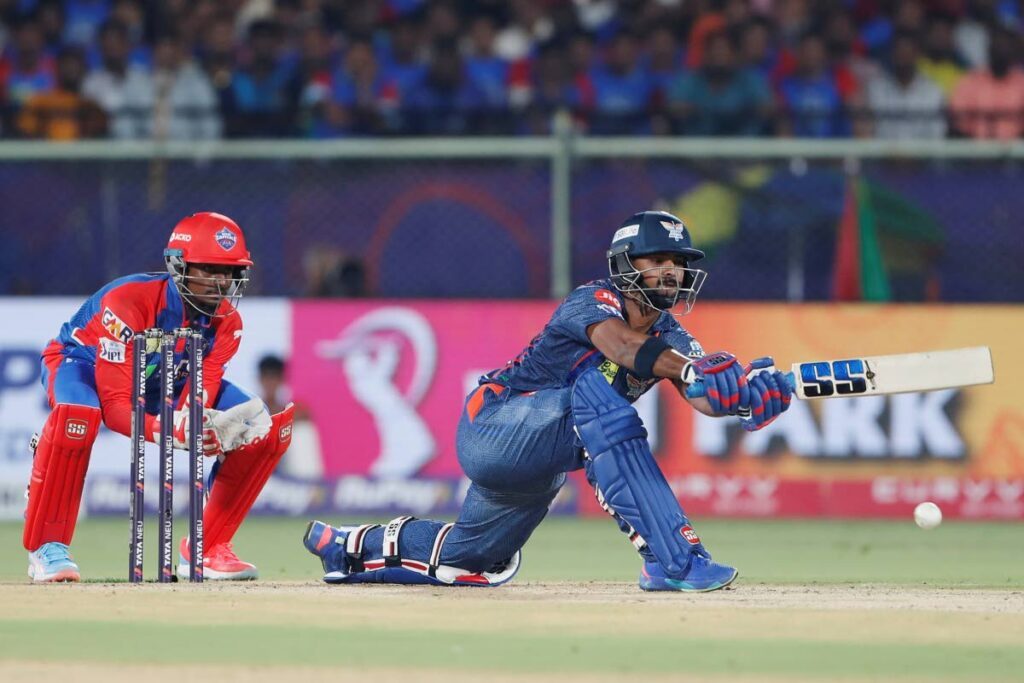The slow erosion of technical expertise

There are preferences in all walks of life. This is no different in sport. Some attract youngsters because it gives them great satisfaction; while their natural ability attracts them to others. However, the bottom line is the sense of joy and achievement that brings contentment to the person.
This is not only in the participation that makes one comfortable, it is also in the pleasure it affords, whether one is a player, spectator, or any of the supporting roles, like administrator, coach, scorer, fitness trainer, plus a host of other additions required to ensure that the team or individual that takes the field of play can perform at their best.
Of cricket in the modern era, there are presently three formats at the international level: Test cricket, the 50-over per team’s innings known as One Day International cricket and T20, the name given for a game that consists of 20 overs per team.
Test Cricket: This was the earliest form of international cricket and began with England and Australia after the English taught the sport to the Australians. By the time the team Down Under was thought to be sufficiently adequate to be competitive, the first Test was played in 1877. Test cricket was the only international format until the introduction of the limited-overs games in the 1970’s.
The 50-over ODI: The growth from 60 overs per team game to 50 overs took place in 1987 in India for the fourth edition of the World Cup.
T20: In 2003, T20 came into being and proved the most popular of all. Spectators found it simple to follow because of its brevity and administrators lapped it up as it attracted more people, expanding the fan base; and it cost less to stage.
Thus, in the changing times, cricketers have the choice of what cricket they would like to play professionally. There are some formidable batsmen like Nicholas Pooran, Shimron Hetmyer and Evin Lewis, who would rather not be involved in the longest format. Also, Test cricket is the toughest of the three art forms in which to indulge, therefore, they chose the least complicated and most lucrative.
Why attempt to participate in a Test match that lasts five days when one can play a game in three hours for the type of income that one could only envisage in dreams? And though the game may not offer the same fulfillment of achievement, the satisfaction of being able to afford a wealthy lifestyle can, in itself, drive a pleasurable lifestyle of bliss.
The sad story is that no matter how rich, one can never attain the heights that a player of ability can accomplish. For, to earn that type of money, one has to play limited overs cricket where the income is grand enough to generate great wealth, however, for small cricket rewards.
The cricket aficionado appreciates the art of the game with its strategies and tactics involved to prove which is the better team. It involves two innings each, if necessary, on pitch surfaces that vary daily. Bowlers are not restricted in their number of overs, plus there’s very little restriction on field-placing.
So that when Sir Clive Lloyd and Sir Vivian Richards enjoyed 15 years of Test cricket as captains without defeat, it was a herculean task that required long hours of toil to achieve that level of excellence, the glory of which can never be exchanged for a pot of gold! Brian Lara’s exceptional batting and brilliant slip catching made him so proud of his performances that he would admit it is irreplaceable. Before the above, there were the three W’s, Sobers and Kanhai, plus so many others that I can’t list them all.
Nonetheless, although I’m happy about the existence of WI cricketers’ high earnings, it is regrettable to witness the slow erosion of technical expertise. West Indian batsmen do not seem to know how to play an innings anymore. I don’t mean all batsmen, though the majority are loose players using poor strokes, sacrificing orthodoxy to thoughtlessly swing at straight deliveries.
Nevertheless, the number of West Indian players being offered contracts to participate in the Indian Premier League (IPL), the most lucrative in the world, is declining every year which reflects the state of cricket in the WI. It is because the administrators of WI cricket do not have the knowledge to cultivate promising cricketers, to build them into a winning combination with the necessary cricket intelligence.


Comments
"The slow erosion of technical expertise"